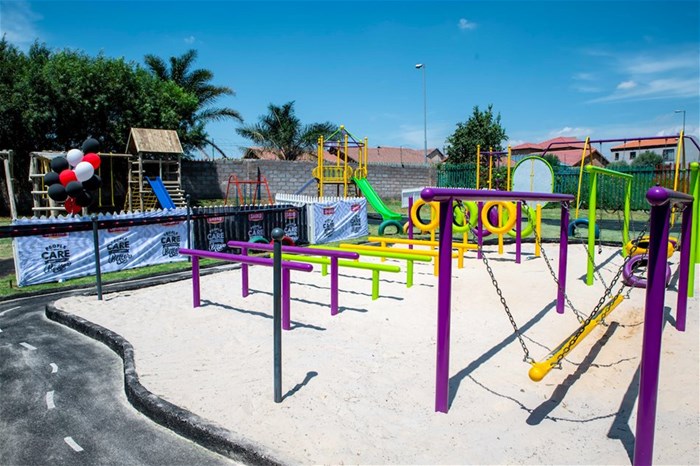
Top stories






LegalKenyan court postpones case seeking to halt Diageo's $2.3bn sale of EABL
Duncan Miriri and Emma Rumney 1 day
More news












The ages of children that experience bullying vary from as young as five years to eighteen years. The general causes of bullying are often situations whereby a child has grown up in a neglectful or hostile environment. Because of these negative feelings, children tend to lash out and subject other children to negative experiences. They do this to avoid these difficult emotions or want to make other children feel the same thing. It’s also a reaction to a sense of powerlessness i.e. ‘if I don’t bully then someone else will bully me'
Children appreciate being noticed and acknowledged. They appreciate spaces where
they are encouraged to express themselves and discover new things.
Due to the fast-paced lives most parents lead these days, many are unable to spend the desired amount of time with their children. It is however important to try to find ways to fill this void in any situation. For example, there is a notion known as 'good enough parenting' where parents who are in challenging situations timewise dedicate specific, important times to their children. Be it having dinner, tucking them into bed, taking them to school, or even attending a particular school function; those moments when a child can feel they are important.
Acknowledging and validating a child’s small efforts is very important and can have lasting positive impact on a child’s self-image and esteem. The susceptibility of a child to bullying varies depending on the spaces that the child is exposed to. Within a schooling context, bullying often manifests itself in primary schools where children play rough with each other until an adult educates them about appropriate play.
It is therefore important that we arrest the issue of bullying in children at their developmental phase, as this is when it is easier to educate and guide them. This is why the playgrounds which Sasko Siyasizana are aiming to restore are so critical to curbing the effect of bullying as they enable quality interactions among children at these crucial ages.

Awareness of negative play all starts when children become aware of positive and negative feelings. The moment children are aware that something which is said or done to them makes them feel a certain way, that is when you can say that this sense is beginning to form. Children can play around but the second they feel boundaries are pushed, that is when interactions are negative and uncomfortable.
Children use play as a way of showing their personality and feelings. For example, if you see a child playing aggressively with toys, that is a way for that child to communicate a sense of distress. When children are playing together in a playground, it is easy to see what is going on with each child based on the things they do and say to each other. That is another reason why playgrounds are important – they become platforms which help us learn about what children are going through, thus enabling us to pick it up as early as possible so steps to remedy the matter can be taken.
The quality of play a child experiences in any setting depends on the resources available. For example, a child playing indoors at a community centre where they are exposed to quality games or attention may vary from a child who plays outside in a less-than-ideal environment. Thus, when it comes to outdoor play, playgrounds are important because they help children form cognitive functions. Children who learn to play with others learn what is appropriate or inappropriate. Places like playgrounds help children navigate those contexts.
Children who engage in more outdoor type play tend to fall and even hurt themselves. This often helps build resilience within a child and gives them a foundation to be able to navigate future challenges – emotional or physical. A sense of independence is formed.
Children appreciate being noticed and acknowledged. They appreciate spaces where they are encouraged to express themselves and discover new things. Children who are denied these types of opportunities will always run the risk of becoming the kind of children and later, adults, who display negative emotions. So, by creating spaces that promote positive play for children, we are taking a massive step in building and raising the kind of people who will not only care about others, but for their communities as well.